Your grandma is right. The bananas that you can buy today in your local supermarket are not as sweet as the ones that she ate in her childhood.
There are many types or “cultivars” of any given fruit – a cultivar is a cultivated plant which is chosen and given a special name because of its desired characteristics – and various types of cultivars (for example in apples, the Red Delicious in the 1870s) come in and out of favor over the years. In the middle of 20th century the dominant banana cultivar exported to North America and Europe was the Gros Michel. However, sometime around 1950, it become virtually extinct due to the rapid spread of the so called “Panama Disease,” a fungal infection that attacks the roots of the banana plant. The Gros Michel was replaced with more resilient but notably less tasty Cavendish cultivar.
Modern agriculture is generally focused on maximizing profit by extracting maximal possible yield of crop. A small number of specially selected cultivars of any given crop are planted throughout the world, displacing in the process numerous other local varieties. This approach guarantees consistently high yields under normal conditions but it also harbors a hidden danger.
Essentially, every single commercially grown plant is a clone of one of only a few specially selected strains of genetic material. Diversity of genetic material is thus reduced to a bare minimum, leaving crop species exposed to any disease which can exploit that single strain. With corn, wheat, and rice being grown world wide in such a fashion, there is a concern that a newly mutated strain of fungus could wipe out an entire world crop in matter of months, and cause massive food shortages.
In order to preserve gene diversity of major food crops, international institutions have established a series of green gene banks, which store samples of genetic material of various strains of each plant species.
Svalbard Seed Bank is meant as a sort of safety net, a reserve of last resort and the vault functions like a genetic safety deposit box. It stores duplicate specimens from genebanks worldwide and while the Svalbard seed bank owns the building, the individual depositor owns the contents of his or her box and the access to individual specimens is regulated by their respective depositors.
The facility currently has a capacity to conserve 4.5 million seed samples. With approximately 1.5 million distinct seed samples of agricultural crops thought to exist, the Svalbard Seed Bank can store roughly three of each sample. Under the current temperature conditions in the vault (temperatures similar to those in a kitchen freezer) the seed samples can remain viable to begin new crops for anywhere from 2000 to 20,000 years.
The seed bank is located in a purpose-built vault drilled into the side of a mountain on the northern island of Spitsbergen, Norway. The main storage is 120m inside a sandstone mountain, on a tectonically dead island. The bank employs a number of robust security and preservation systems. Seeds are packaged in special four-ply packets and heat sealed to exclude moisture. A local coal mine and powerplant supplies the electricity for refrigeration control. The northern location also serves as a natural fridge. In the case of complete power failure at least several weeks will elapse before the temperature rises to the ?3 °C of the surrounding sandstone bedrock.
The Svalbard Global Seed Vault opened for deposits officially on February 26, 2008 with the construction of the vault financed entirely by Norwegian Government. The operational cost is currently shared by Norway and the Global Crop Diversity Trust.
Know Before You Go
The Svalbard Seed Bank is situated near the town of Longyearbyen, the biggest settlement on Svalbard.Svalbard Airport Longyear (LYR) is services daily Scandinavian Airlines (SAS Braathens) flights to Tromsø all year around, and there are additional flights as well as twice-weekly services direct to Oslo in the summer high season. The low-cost Norwegian carrier Norwegian.no operates several flights a week to Oslo, Bergen and Stavanger.

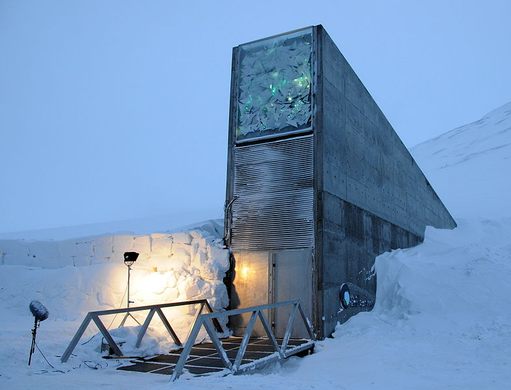
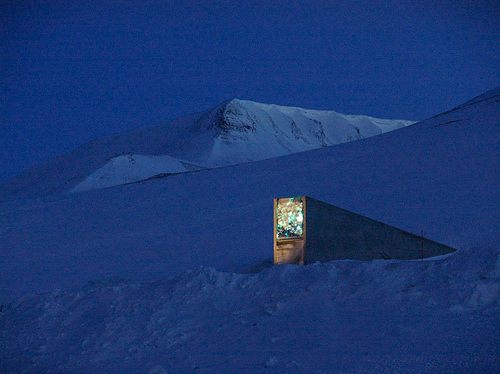


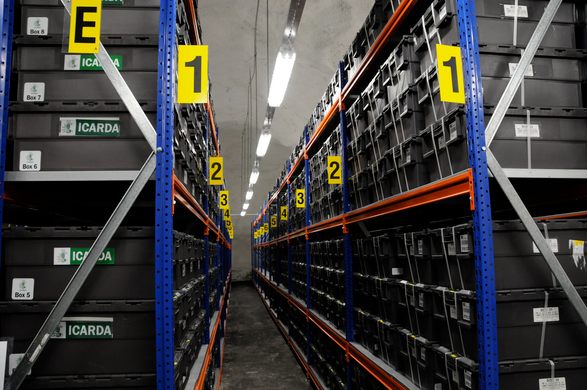





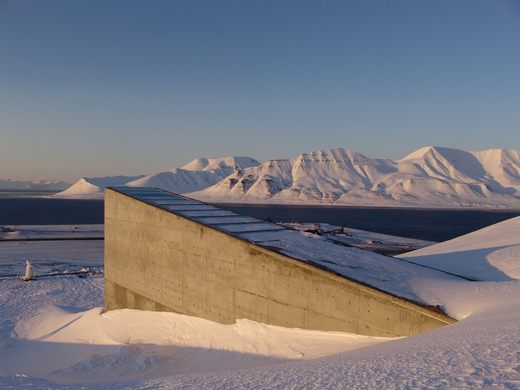

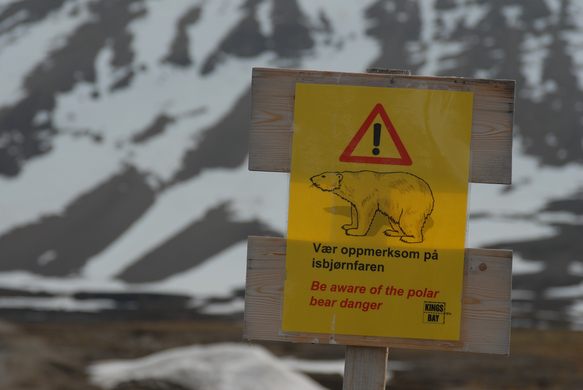











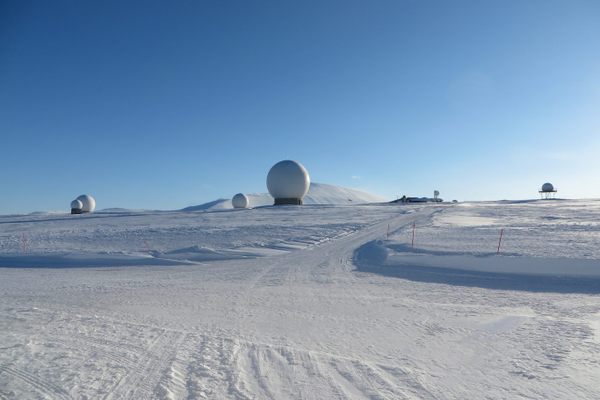
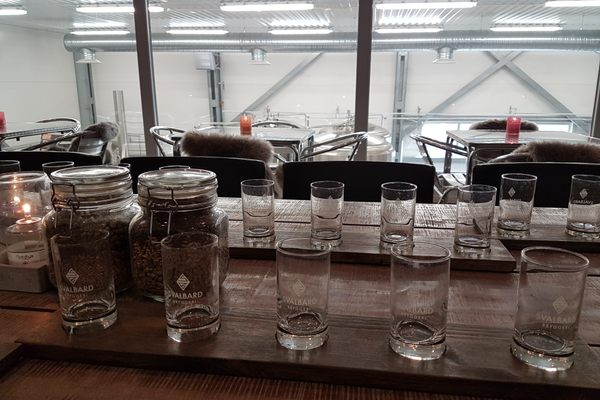


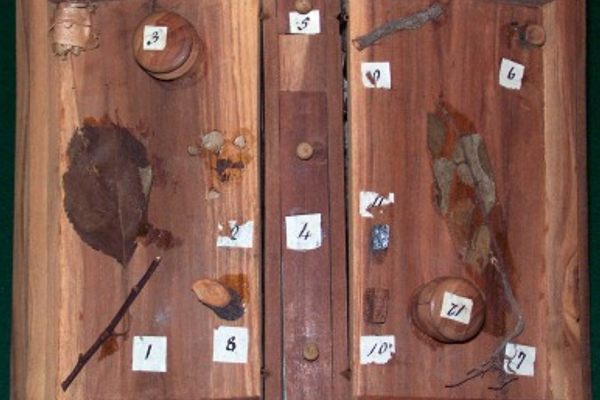







Follow us on Twitter to get the latest on the world's hidden wonders.
Like us on Facebook to get the latest on the world's hidden wonders.
Follow us on Twitter Like us on Facebook